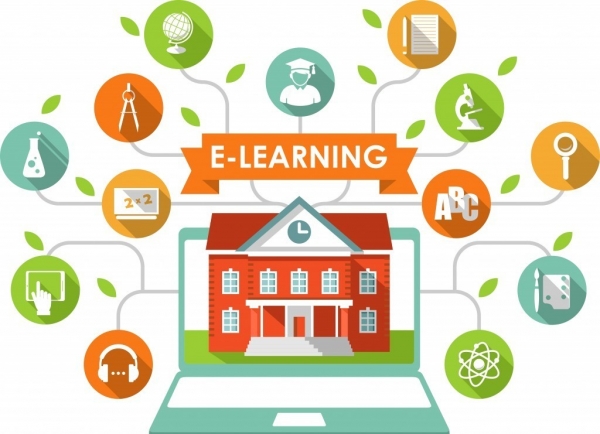Though neither ideal nor equitable, in situations where students lack high-speed internet access or a device such as a laptop or a tablet, phones can play a key role in bridging the gap between school and home.
We recognize that phones have constraints and are far from able to create equitable learning environments—but they are also better than nothing, and can be used for three important purposes.
MAINTAINING LINES OF COMMUNICATION
We often forget that phones can still be used as phones. Whether you send text messages or schedule calls to check on students, a phone could be a lifeline, particularly for students who might feel isolated or in need of additional support.
Across the country, districts have reported that they are providing online opportunities but that large numbers of students do not take advantage of them. There could be a number of reasons for this, from lack of home internet access to illness. At this moment, a call or a text from a teacher might be the best possible use of technology. That call or text will not only allow the school to better understand individual students’ needs and challenges but also let the student know that their teacher cares about their well-being.
Additionally, for families and students struggling with new applications of technology, frustrations can run high and potentially get in the way of learning. A phone call from an educator can help ease the transition to remote learning, reduce stress, and improve understanding and comfort with new tools or content.
Finally, when teachers use video conferencing platforms like Google Meet or Zoom to communicate with students, they should remember that these platforms also include a phone number. This means that students could call into class, even from a landline, if they don’t have internet access or a cell signal. While they may not be able to see their teacher or classmates through the phone, this enables them to still engage in the conversation.
SHARING LEARNING
A critical component of learning is the ability to discuss and share. If they have a smartphone, students can use the camera and text pictures to a teacher, or post to a Padlet wall or shared Google Slide. Similarly, by calling a conference number, students could read out answers to math questions, share their thinking about a story, or even give an oral report.
Teachers might also consider using phones in tandems with other media like television, radio, or books to create community learning experiences. Classes might call into a conference for a group read-aloud, to discuss local events shared on the morning news, or even to talk about observations they make when looking out the window.
Another option might be to get creative with voicemail. Students could call a number and leave a message to practice a foreign language or develop English language proficiency. They could also leave a voicemail as a narrative answer to a question or prompt. Teachers could then get a sense of what their students are thinking and learning, and retain the recordings as artefacts of students’ learning.
BUILDING COMMUNITY
Moving online removes students from their friends and community. Imagine expanding the idea of a communications tree, where one person calls two people who then each call two more until an entire group has been reached, and leveraging that idea to share an insight, story, or piece of information. Each student could call the other students on their “branch” of the tree. Not only would the students get a chance to speak with some of their classmates, but they could also have an opportunity to share their thinking and learn from each other.
Another option is to leverage an app such as Seesaw to serve as a collaborative journal. Since this app works on smartphones, it could be a way for students to stay connected and share photos, text, drawings, audio, or video. Older students could use messenger services such as Google Meet or the instant messaging service in Microsoft Teams to create virtual study groups, literature circles, or groups for informal conversations.
Until every student has access to high-speed internet and a laptop or tablet, it’s unreasonable to expect equitable access to the full experience of remote learning. However, until a more robust solution becomes available, if teachers consider creative ways to harness the tools that their students can currently access, the potential exists to support all of their learners through this difficult time.
By Beth Holland, Nate Kellogg








